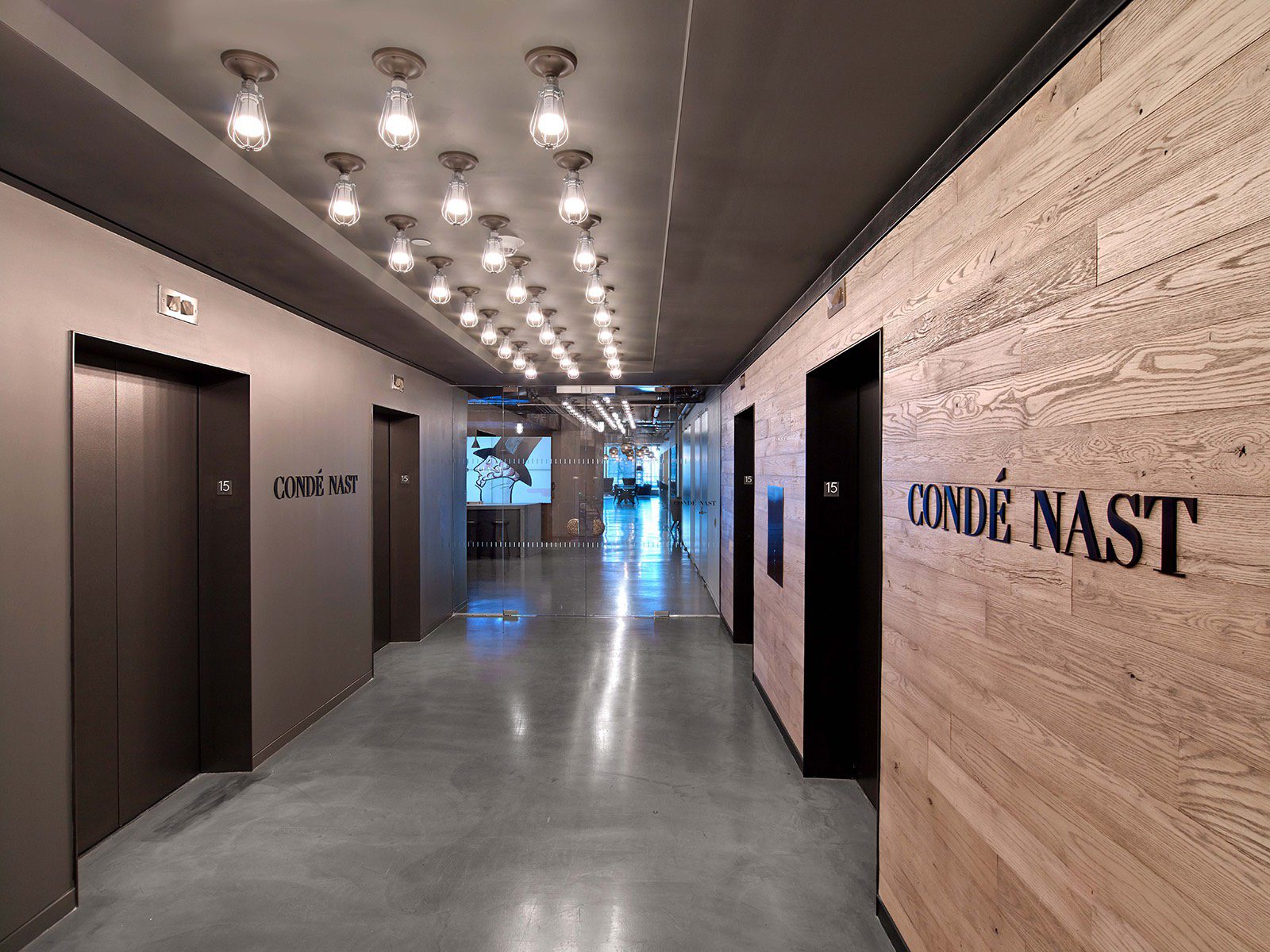On Wednesday, magazine publisher Condé Nast announced plans to put all titles behind a paywall by the end of the year. The international media publication owns magazines like Vogue, GQ and Bon Appétit.
Paywalls and membership models have increasingly become a staple for mainstream publications as advertising revenue continues to shrink. The company reported losing $120 million in 2017, according to a Wall Street Journal article. Aside from its marquee properties, Condé Nast also owns sites like Teen Vogue, Glamour and Them.
According to CEO Bob Sauerberg, the move was prompted by the success of paywalls in many of the company’s signature brands. Making note of The New Yorker’s, Wired’s and Vanity Fair’s decision to install paywalls in 2014, Sauerberg clarified that each Condé Nast publication would tinker with its own version of a paywall suited best to the needs of individual magazines.
However, paywalls have not done well in lesser-known digital-first publications. Variety and Newsday attempted and later abandoned paywalls in recent years due to poor performance. Some publications like the Daily Beast have tried to split the difference through offering premium content behind a paywall while keeping most stories are freely available.
Chief revenue and marketing officer for Condé Nast Pamela Drucker Mann told the WSJ that she didn’t expect any of the brands to lose its digital audience behind a paywall.







